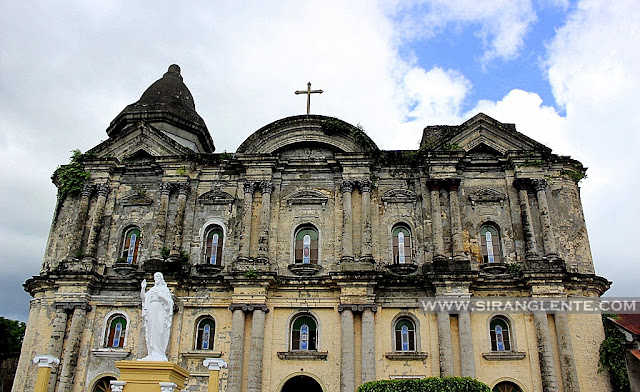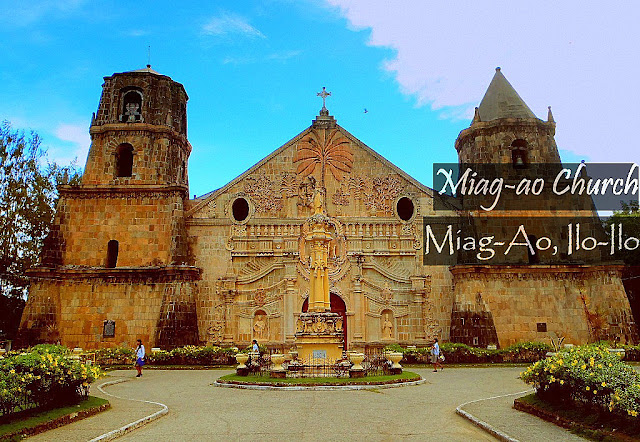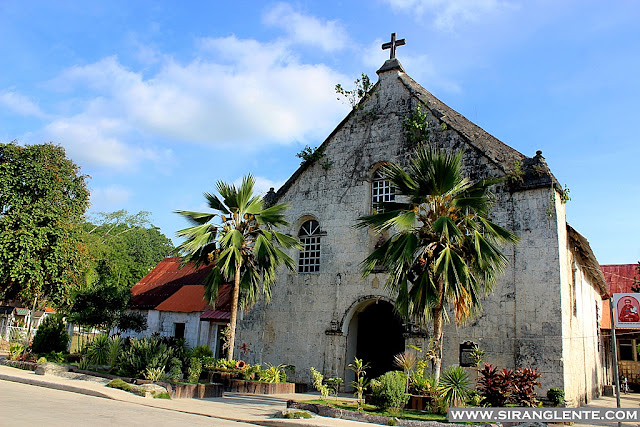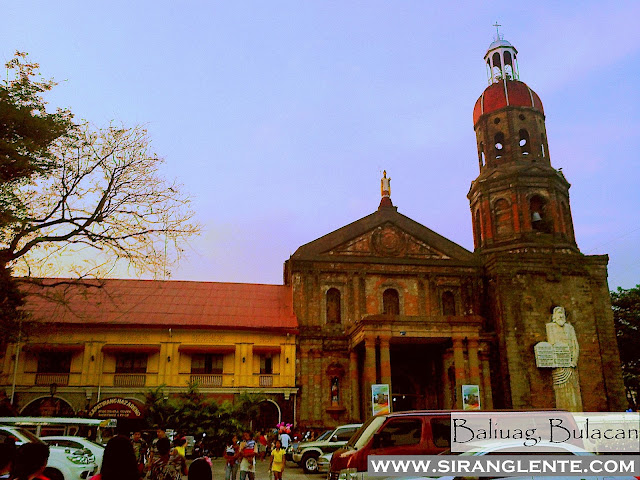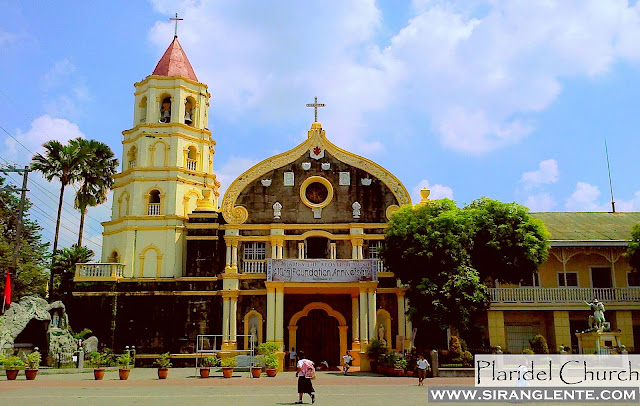
The National Shrine and Cathedral Parish of Our Lady of the Assumption, known as the Maasin Cathedral, is a catholic place of worship in Maasin City. It was originally built in 1700 by the Jesuit priests; however, it was severely damaged because of the Moro’s rebels. The bricks and the mosses on the façade give an older and unique look, perfect for modern selfies. This cathedral is definitely one of the historical pillars of the province. Since it is in front of the plaza and a few meters away from the City hall, it is one of the busiest areas in the city. Read: Featuring Southern Leyte Province - Solo-Backpacking in Region 8





